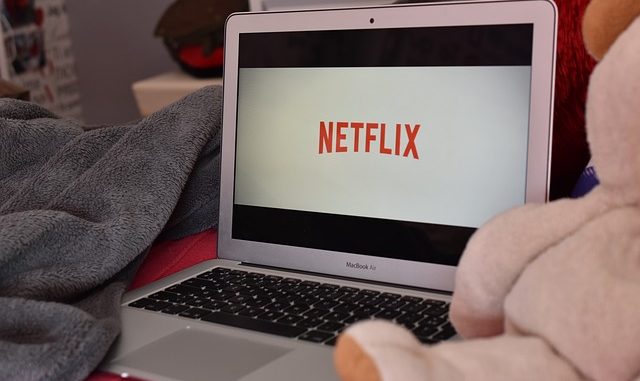
Subscription services are getting more and more popular, whether that is for online video with apps like Netflix, Music with Spotify, or software with the likes of Office 365.
All these services like to advertise the benefits of going with subscription such as always new content available, unlimited usage, new features added at no extra cost. But are there any downsides? Well lets investigate.
Lets start with a bit of history for some of the younger people who may have grown up knowing nothing other than these subscription services. For many years people would buy their music, videos and software on physical media such as CDs, DVDs and Blurays. Now more than often they were buying a license that would allow them to watch, listen or use it but there would still be limitations. Eg The T&Cs may restrict it to personal home use, or it could be limited to the number of computers it could be installed on etc.
Apple when it launched iTunes and the iPod was the first major brand to offer music and later video on a pay per download basis where no physical media was involved as it was all digital. Initially itunes files came with DRM (Digital rights management) built in which would restrict you being able to copy the files or use them on anything other than Apple devices. But later Apple removed the DRM restrictions and you could play Itunes files on none Apple hardware and this seemed like a perfect balance, the need for physical media was removed meaning the cost to the end user could be cheaper, but you can still have a choice of which device you want to playback you media files upon.
There was a downside with the move from physical media distributing to one of purely downloading digital media and that is you cannot loan or resell the digital files like you can with physical media. So no longer could you lend a friend a CD to see if they might like it, or sell a second hand copy of an album your bored with.
Now soon after the success of iTunes their were other new comers which launched similar services but on subscription. Now let look a the downsides to the subscription model compared to physical media.
- No lending or reselling rights. As mentioned when discussing digital downloads, it is impossible to loan or resell anything from a subscription service as you don’t actually own anything only renting it.
- Restrictions on what platforms are supported. With media such as CDs, DVDs and Blu-rays these are standard platforms so for example any CD should play back on any CD player. But with the subscription services it depends on what platforms the developers choose to support, and if you pick the wrong one you might find it becomes unsupported. Ask all those who bought a Windows phone which subscription services still work on their devices only a few short years later. Yet I can playback a brand new DVD on a 20 year old DVD player without issue.
- Region lock out. While DVD and some video games did have region encoding to restrict which countries you could use them in, they were easily overcome with devices such as multi-region players or buying grey import consoles. But getting around these restrictions with subscription services is not as easy as they will block IPs and tie billing addresses to the country you are connecting from. Therefore if you live in Europe and try to sign up for a US service you may find it virtually impossible to subscribe.
- No subscription = no service. If you cancel your subscription to the service often you will loose complete access to everything.
- Content or features removed without warning. You could find that one day that album you liked to listen to on Spotify, or that TV show you were half way through on Netflix has disappeared, because they only had the rights to offer it for a limited period. It could even be a feature or function in software that is lost because the a new feature release came out and the developers decided that handy function you used was too complex to maintain or not used frequently enough.
- Risk of the service provider going bust. You may think that big names such as Spotify or Netflix are unlikely to go bust, but you might have said the same about Blockbuster only 10 years ago. And lets look an another example of Jawbone the maker of activity tracking bands who were valued at $3.3billion a few years ago. They went bust in 2017, as their wrist bands relied on the app, which relied on the servers maintained by Jawbone which went offline when the company went under. That left millions of people with these smart wrist bands no way to connect to them.
- Exclusive content only available on one service. As more and more subscription providers are dipping their toes into the pool and making exclusive content which is only available on their platforms. This makes less choices for consumers as not everyone can afford to subscribe to ever service and some content won’t be available in other formats. EG Netflix and Amazon original content cannot be purchased on DVD or Bluray.
Now you may think I am down on subscription services which i am not, I think for some people they are a good option. But I want to ensure that these companies also offer an alternative that could be a physical media option or a one time download.